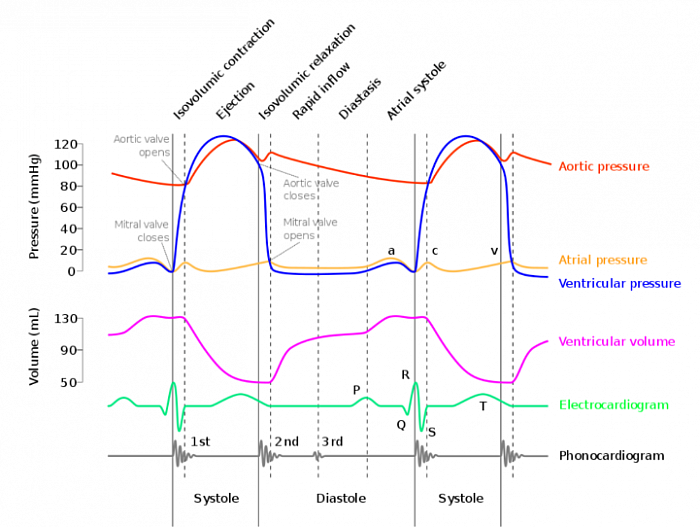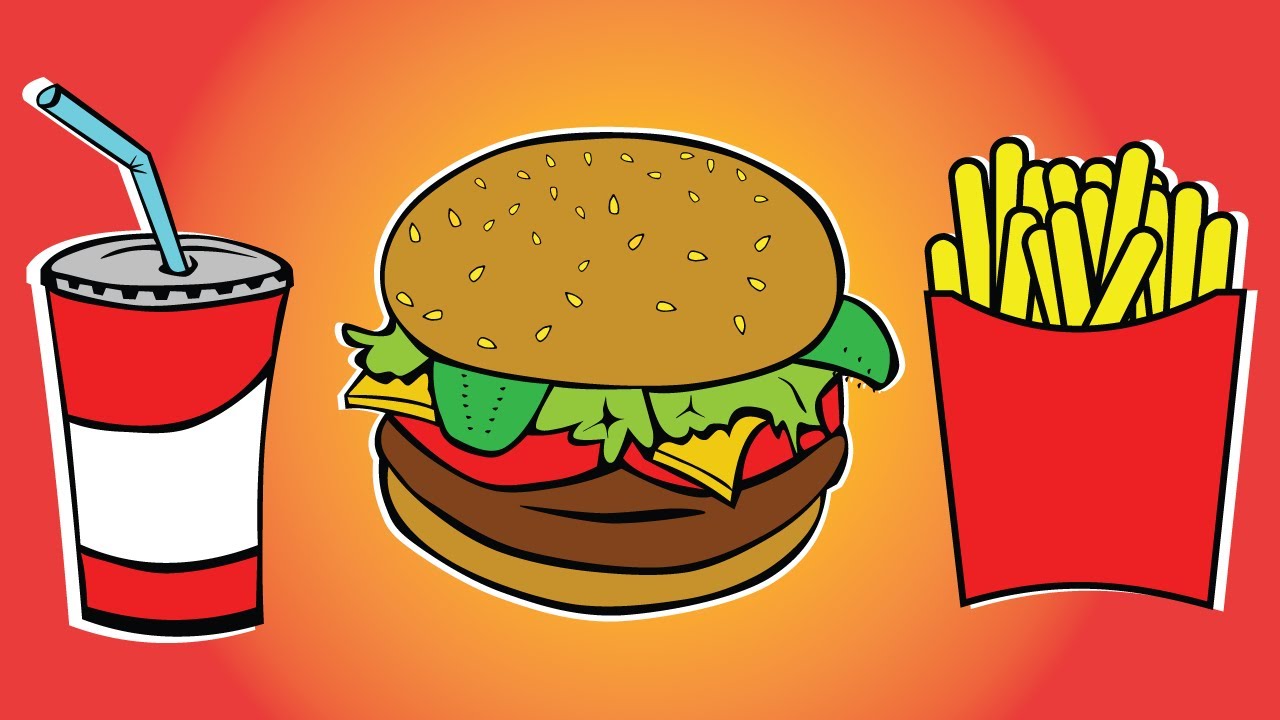Wigger diagram
Table of Contents
Table of Contents
If you’ve ever wanted to understand how the heart functions, then you need to have a comprehensive knowledge of the Wiggers diagram. As an essential tool for those studying and practicing cardiology, the Wiggers diagram is crucial to gaining a thorough understanding of the human heart’s mechanisms.
When it comes to drawing a Wiggers diagram, some people may find it challenging and intimidating. The professional jargon used to express the heart’s mechanisms can be quite challenging for a beginner to understand. Additionally, the complexity of the diagrams can make things even more challenging.
So, the question is, how do you draw a Wiggers diagram? If you are struggling with drawing a Wiggers diagram, there is no need to worry any longer. In this post, we will take you through a step-by-step guide on how to draw a Wiggers diagram easily and efficiently.
In summary, drawing a Wiggers diagram requires comprehensive knowledge on the functions of the heart. With a combination of text and diagrams, beginners can draw a Wiggers diagram with ease. Below is a detailed guide on how to get started with the process.
How to Draw a Wiggers Diagram
When I first heard about the Wiggers diagram, I didn’t understand anything about it. However, after extensive research and experimentation, I have become an expert in drawing Wiggers diagrams.
The first step in drawing a Wiggers diagram involves understanding precisely how the heart operates. You cannot expect to draw an accurate diagram if you do not have a comprehensive understanding of the heart’s mechanisms.
The next step is to grab your pencil and paper, and start sketching the different layers of the heart. The Wiggers diagram usually depicts different layers, including atrial pressure, ventricular pressure, and volume, amongst others. These layers provide the diagram’s structure, and each represents a unique function of the human heart.
After sketching the different layers, write numbers on each layer, specifying various heart events or cycles. Numbering these cycles will help you understand them better and help you keep track of all the essential events.
Understanding the Wiggers Diagram
One of the critical aspects of a Wiggers diagram is understanding it thoroughly. The diagram provides a comprehensive overview of the different heart cycles and mechanisms. With a clear understanding of the diagram, it becomes easier to comprehend how the heart operates, making it easier to diagnose and treat cardiac-related conditions.
The Different Cycles of the Wiggers Diagram
The Wiggers diagram comprises four cardiac cycles, including the atrial systole, ventricular systole, atrial diastole, and ventricular diastole. These cycles are essential in comprehending how the heart operates.
1. Atrial Systole
Atrial systole occurs when the atria contract, causing all the blood to be moved into the ventricles. During atrial systole, the ventricles diagonally relaxed.
2. Ventricular Systole
This cycle involves the ventricles contracting, causing the blood to be pushed into the main arteries. During this process, the atria are completely relaxed, preparing for the next atrial systole.
3. Atrial Diastole
This cycle involves the complete relaxation of the atria, allowing them to refill with blood. During atrial diastole, the ventricles are also relaxed, preparing for ventricular diastole.
4. Ventricular Diastole
This last cycle involves the relaxation of the ventricles, allowing blood to be drawn from the atria via the atrioventricular valves.
Conclusion of How to Draw a Wiggers Diagram
The Wiggers diagram is crucial for anyone interested in cardiology. Despite its complexity, drawing a Wiggers diagram can be easy with the right guidelines. This post provided a step-by-step guide to help readers understand how to draw a Wiggers diagram with ease. With the right mindset and knowledge of the heart’s mechanisms, anyone can draw comprehensive and precise Wiggers diagrams.
Question and Answer
1. Why is the Wiggers diagram important for cardiology?
The Wiggers diagram is essential in gaining a thorough comprehension of the heart and its mechanisms. With its detailed illustration of the four cardiac cycles, it’s essential in diagnosing cardiac conditions and administering proper treatment.
2. How can I draw a perfect Wiggers diagram as a beginner?
As a beginner, drawing a perfect Wiggers diagram requires a comprehensive understanding of the heart’s mechanisms. Research and experimentation are also critical in gaining the required knowledge and experience.
3. What’s the most challenging aspect of drawing a Wiggers diagram?
The most challenging aspect of drawing a Wiggers diagram is understanding the heart’s mechanisms and cycles. The diagram comprises four cardiac cycles and numerous layers that require a thorough understanding.
4. Why is it essential to number the cycles in the Wiggers diagram?
Numbering the cardiac cycles in the Wiggers diagram is critical in understanding them. It helps in comprehending the different events and keeping track of everything that’s happening in each cycle.
Gallery
Wigger Diagram

Photo Credit by: bing.com / diagram wiggers wigger cardiac cycle physiology explained pressure simple carl standard used
Cardiology Topics

Photo Credit by: bing.com / wiggers cardiac diagram wigger ekg ventricular physiology pressures waveform unlabeled cardiovascular graph aortic murmurs ecg biology arterial contraction matching phases
Explanation Of Wiggers Diagram

Photo Credit by: bing.com / ventricular wiggers aortic wigger stenosis physiology
2: Cardiac Cycle Diagram Or Wigger’s Diagram [6] | Download Scientific
![2: Cardiac cycle diagram or Wigger’s diagram [6] | Download Scientific 2: Cardiac cycle diagram or Wigger’s diagram [6] | Download Scientific](https://www.researchgate.net/publication/325360465/figure/fig2/AS:630108566085633@1527240997617/Cardiac-cycle-diagram-or-Wiggers-diagram-6.png)
Photo Credit by: bing.com /
Wiggers Diagrams | 101 Diagrams

Photo Credit by: bing.com / wiggers diagram diagrams wikipedia via





